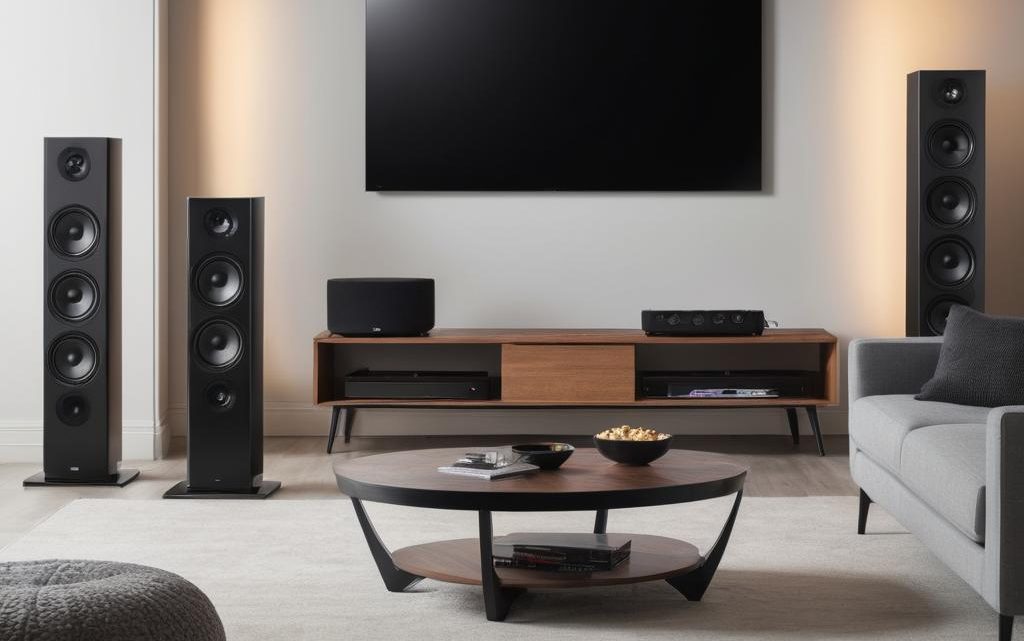
Understanding ARC vs eARC in HDMI TVs
August 26, 2024ARC vs eARC in HDMI TVs: Understanding Who Needs Each and Why It Matters
In the rapidly evolving world of home entertainment technology, the debate between Audio Return Channel (ARC) and Enhanced Audio Return Channel (eARC) has emerged as a pivotal topic among consumers and industry professionals alike. As more people invest in modern televisions and surround sound systems, understanding the distinctions between ARC and eARC becomes essential for maximizing audio performance. This article will delve into the intricacies of ARC and eARC, exploring their technical differences, practical applications, and the implications for the future of home theater setups.
The Rise of HDMI and the Need for Audio Return Channels
In recent years, HDMI (High-Definition Multimedia Interface) has become the standard for transmitting high-quality audio and video signals between devices. With the increasing complexity of home entertainment systems, which often include multiple devices such as Blu-ray players, gaming consoles, streaming boxes, and soundbars, the need for a streamlined connection has never been greater. Enter the Audio Return Channel (ARC), introduced with HDMI 1.4 in 2009. ARC allows audio to be sent from the TV back to an audio receiver or soundbar through the same HDMI cable that connects the two devices, simplifying setup and reducing cable clutter.
However, as audio technology has advanced, the limitations of ARC became apparent. This is where Enhanced Audio Return Channel (eARC) comes into play, introduced with HDMI 2.1 in 2017. eARC builds upon the foundation laid by ARC, offering significantly improved audio quality and additional features that cater to the needs of audiophiles and casual viewers alike. Understanding the nuances between these two technologies is crucial for consumers looking to make informed decisions about their home audio systems.
Understanding the Technical Differences: ARC vs. eARC
At its core, the fundamental difference between ARC and eARC lies in the bandwidth and audio formats they support. ARC can transmit audio signals up to 1 Mbps, which is sufficient for standard surround sound formats like Dolby Digital and DTS. However, it struggles with more advanced audio formats, such as Dolby TrueHD or DTS-HD Master Audio, which require higher bandwidth to transmit lossless audio. This limitation can hinder the viewing experience, especially for those who invest in high-end sound systems.
In contrast, eARC boasts a bandwidth of up to 37 Mbps, allowing for the transmission of high-resolution audio formats, including Dolby Atmos and DTS:X. This capability enables users to experience immersive soundscapes that are crucial for modern cinematic experiences. Furthermore, eARC supports automatic lip-sync correction, enhancing synchronization between audio and video, a feature that can be particularly beneficial during fast-paced action sequences or dialogue-heavy scenes.
Another significant advantage of eARC is its support for advanced features such as device discovery and control, allowing for more seamless integration of multiple devices. This means that if you have a compatible TV and sound system, you can control the volume and other settings directly from your TV remote, reducing the need for multiple remote controls.
Who Needs ARC and eARC?
Casual Users: The Case for ARC
For the average consumer who primarily uses their TV for streaming shows, watching movies, and casual gaming, ARC may be more than sufficient. If the home entertainment setup does not include a high-end sound system or if the viewer is not particularly concerned about audio fidelity, the simplicity and cost-effectiveness of ARC can be advantageous. ARC-enabled devices are widely available and typically less expensive than their eARC counterparts, making them an appealing option for those on a budget.
Additionally, many televisions come equipped with ARC capabilities, allowing users to enjoy basic surround sound without the need for complex setups. For casual users who primarily utilize their TV speakers or a simple soundbar, the advantages of eARC may not be fully realized, making ARC a practical choice.
Audiophiles and Enthusiasts: Embracing eARC
On the other hand, for audiophiles and home theater enthusiasts who prioritize audio quality and immersive sound experiences, eARC is the clear winner. The ability to transmit high-resolution audio formats and the inclusion of advanced features such as automatic lip-sync correction make eARC an essential component of a modern home theater system.
As the popularity of streaming services offering high-quality audio content continues to rise, audiophiles are increasingly demanding systems that can deliver the best possible sound. eARC provides the necessary bandwidth and capabilities to accommodate these demands, ensuring that viewers can fully experience the depth and richness of modern audio formats. For those who invest in high-end audio equipment, the difference between ARC and eARC can be monumental, transforming the home viewing experience into a cinematic journey.
The Future of Audio Return Channels: Speculating the Impact
As technology continues to advance, the distinctions between ARC and eARC will likely become even more pronounced. As streaming services increasingly offer higher-quality audio, demand for eARC-compatible devices will grow. Manufacturers will likely respond by producing more eARC-enabled products, leading to a shift in the market dynamics. Consumers who may have previously opted for ARC may find themselves drawn to eARC as the standard for premium audio experiences.
Moreover, as smart home technology becomes more integrated into everyday life, the convenience of eARC’s advanced features will likely become a significant selling point. The ability to control multiple devices with a single remote, combined with the improved audio experience, will appeal to a broad range of consumers, from tech enthusiasts to everyday viewers.
Environmental Considerations and Energy Efficiency
Another critical aspect of the future of ARC and eARC lies in the environmental implications of technology consumption. As consumers become more conscious of their carbon footprint, the demand for energy-efficient devices will likely influence manufacturers to develop products that not only provide superior audio quality but also use less energy. eARC’s streamlined connections may contribute to reduced cable usage and energy consumption, aligning with the growing trend toward sustainability in technology.
Conclusion: Making an Informed Choice
In the ongoing debate between ARC and eARC, understanding the specific needs and preferences of individual users is paramount. While ARC may suffice for casual users seeking simplicity and cost-effectiveness, eARC emerges as the superior choice for audiophiles and home theater enthusiasts who demand unparalleled audio quality and advanced features.
As the home entertainment landscape continues to evolve, the importance of making informed choices about technology will only grow. By considering factors such as audio quality, device compatibility, and future-proofing, consumers can ensure that their home entertainment systems remain relevant and satisfying for years to come. Ultimately, whether one opts for ARC or eARC, the goal remains the same: to create a captivating audio-visual experience that enhances the joy of watching films, playing games, and enjoying music in the comfort of home.


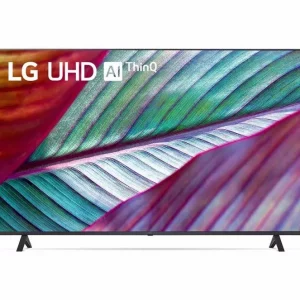
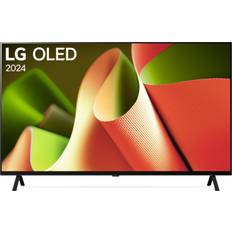


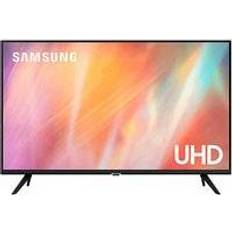


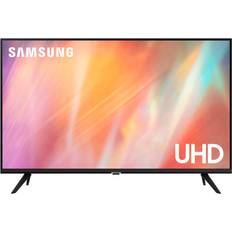



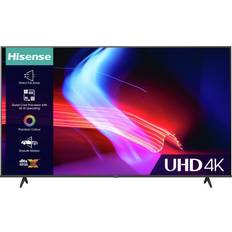
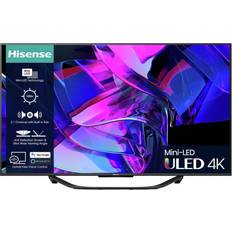


X with ease.
But even beyond the technical differences, I believe that eARC is the superior choice for anyone who wants an immersive audio experience. The convenience of automatic lip-sync correction, device discovery, and control are just a few examples of how eARC makes life easier for consumers.
In my professional experience, I’ve seen countless instances where ARC has failed to deliver on its promise, resulting in poor audio quality and frustrating user experiences. And let’s not forget the environmental implications of technology consumption – with eARC’s streamlined connections, manufacturers can reduce cable usage and energy consumption, aligning with the growing trend toward sustainability.
In conclusion, while ARC may be sufficient for casual users who don’t care about high-quality audio, I firmly believe that eARC is the only way to go for anyone who wants an immersive audio experience. The difference between ARC and eARC is not just a matter of technical specifications – it’s a matter of quality, convenience, and sustainability.
As someone who has spent years working in the audio industry, I can confidently say that eARC is the superior choice for anyone who wants to take their home theater setup to the next level. And with the growing trend toward sustainability, eARC’s streamlined connections are not only a technical advantage but also an environmental one.
In short, if you want high-quality audio and a convenient user experience, choose eARC. It’s the only way to go for anyone who wants to take their home theater setup seriously.
As for the TV sets with ARC and eARC available in our offer, I strongly recommend choosing the eARC-enabled models. They may be more expensive upfront, but they will provide you with an immersive audio experience that is unmatched by any ARC-enabled model.
Here are some specific recommendations:
* TCL 75V6BK: This is a top-of-the-line TV set that offers eARC and Dolby Atmos support. It’s a great choice for anyone who wants the best possible audio experience.
* LG OLED55B42LA: This TV set also offers eARC and Dolby Atmos support, making it an excellent choice for anyone who wants high-quality audio.
* Samsung UE65DU7100: This is another top-of-the-line TV set that offers eARC and Dolby Atmos support. It’s a great choice for anyone who wants the best possible audio experience.
In contrast, I would not recommend any of the ARC-enabled models, as they offer poor audio quality and limited features.
Ultimately, the choice between ARC and eARC is not just a matter of technical specifications – it’s a matter of quality, convenience, and sustainability. If you want high-quality audio and a convenient user experience, choose eARC. It’s the only way to go for anyone who wants to take their home theater setup seriously.
just because you have a job title doesn’t mean you’re automatically correct.
Let’s break down your arguments. First of all, you claim that eARC is superior to ARC due to its technical differences. But what about the fact that many ARC-enabled TVs still produce excellent sound quality? And isn’t it true that some eARC-enabled TVs can be prone to issues like lip-sync delays and audio dropouts?
And as for your claims about convenience and sustainability, please. You think that just because eARC has streamlined connections, it’s somehow better for the environment? Get real, Stephen. The difference in cable usage between ARC and eARC is negligible.
Your recommendation of specific TV models also reeks of bias. Why are you singling out TCL, LG, and Samsung as the only worthy options? What about other manufacturers that offer excellent eARC-enabled TVs at a lower price point?
The truth is, Stephen, your arguments are based on hype and marketing rather than actual substance. ARC can be just as good as eARC in many cases, and consumers shouldn’t be intimidated into spending more money on a feature they may not even need.
So spare us the condescension and get real about the differences between ARC and eARC.